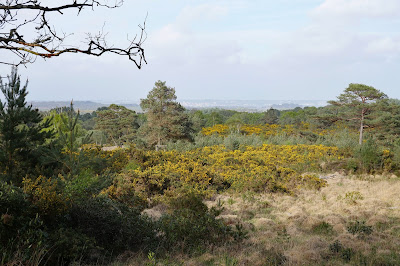The Old Merchant's Hall
After our rewarding exploration of Trowbridge this morning, Merv and I headed out into the Wiltshire country to have an excellent pub lunch at the Longs Arms in Steeple Ashton, three miles away, and then set off for a short country stroll.
Steeple Ashton is a very pretty village and almost the next building along from the pub is the lovely 16th century Old Merchant's Hall. It is not clear how valid the name is as the building was renamed only recently having previously been a Post Office and shop.
A little further along on the opposite side is a delightful assembly of old buildings including a market cross.
Here is another, this time with the front of the village lock-up, known as the Guard House, more clearly visible. Allegedly, it now houses the lawn mower used to cut the village green.
A bit further long the main street we made a detour to the right to see the handsome 15th century church of Church of St Mary the Virgin. The tower was once completed by a spire but the spire was struck by lightning and rebuilt in 1670, only to be struck by lightning a second time and not rebuilt again.
We returned to the main street and retraced our steps to turn right along a path in the direction of West Ashton. A lovely green lane soon awaited us.
This is now an area of arable farming and soon a nicely marked path across a massive field showed us the way ahead.
After a while we caught a glimpse of a tower behind a beautiful copper beech. This it turned out was Rood Ashton House. The current house was built in 1808 for the Long family (cf the pub), replacing an earlier mansion, by the architect Jeffrey Wyattville.
After the death of Lord Long in 1930 it seems to have declined and in the 1950s it was sold at auction to an American buyer who stripped it anything of value, leaving a derelict shell. In the 1970s the building was demolished except for an eight-bedroomed servant’s wing, which has been restored with reclaimed timbers and is now a private residence.
We didn't go as far as West Ashton, but turned back across another large field, passing a farm.
Soon we had a nice view of St Mary the Virgin and after a lovely green lane and a field-edge path, a pollen-laden trek across a field of rape-seed brought us back to the village.
Condutions: warm, but hazy.
Distance: probably only 3 miles.
Rating: three and half stars. A very pleasant stroll from a delightful village.




























































